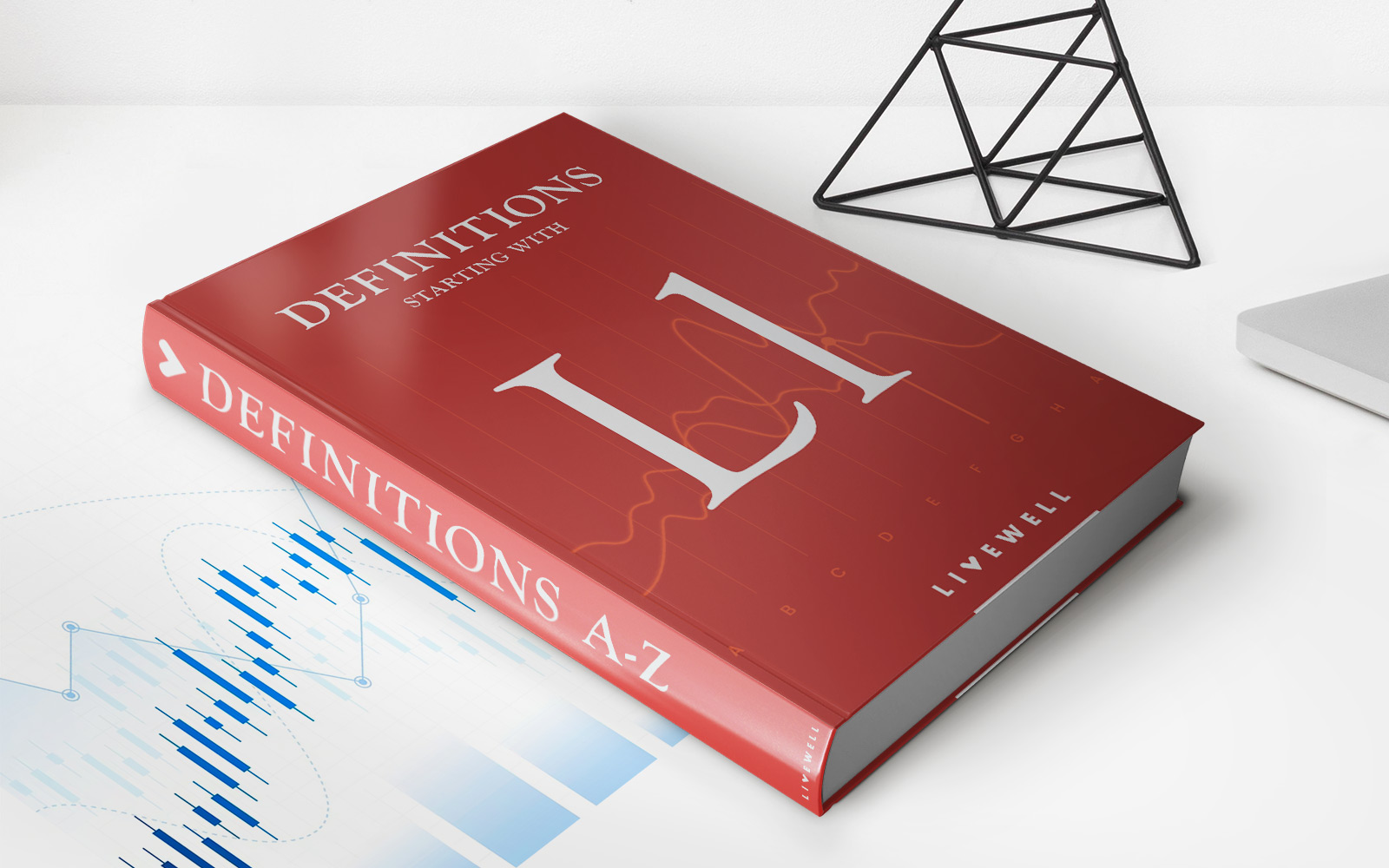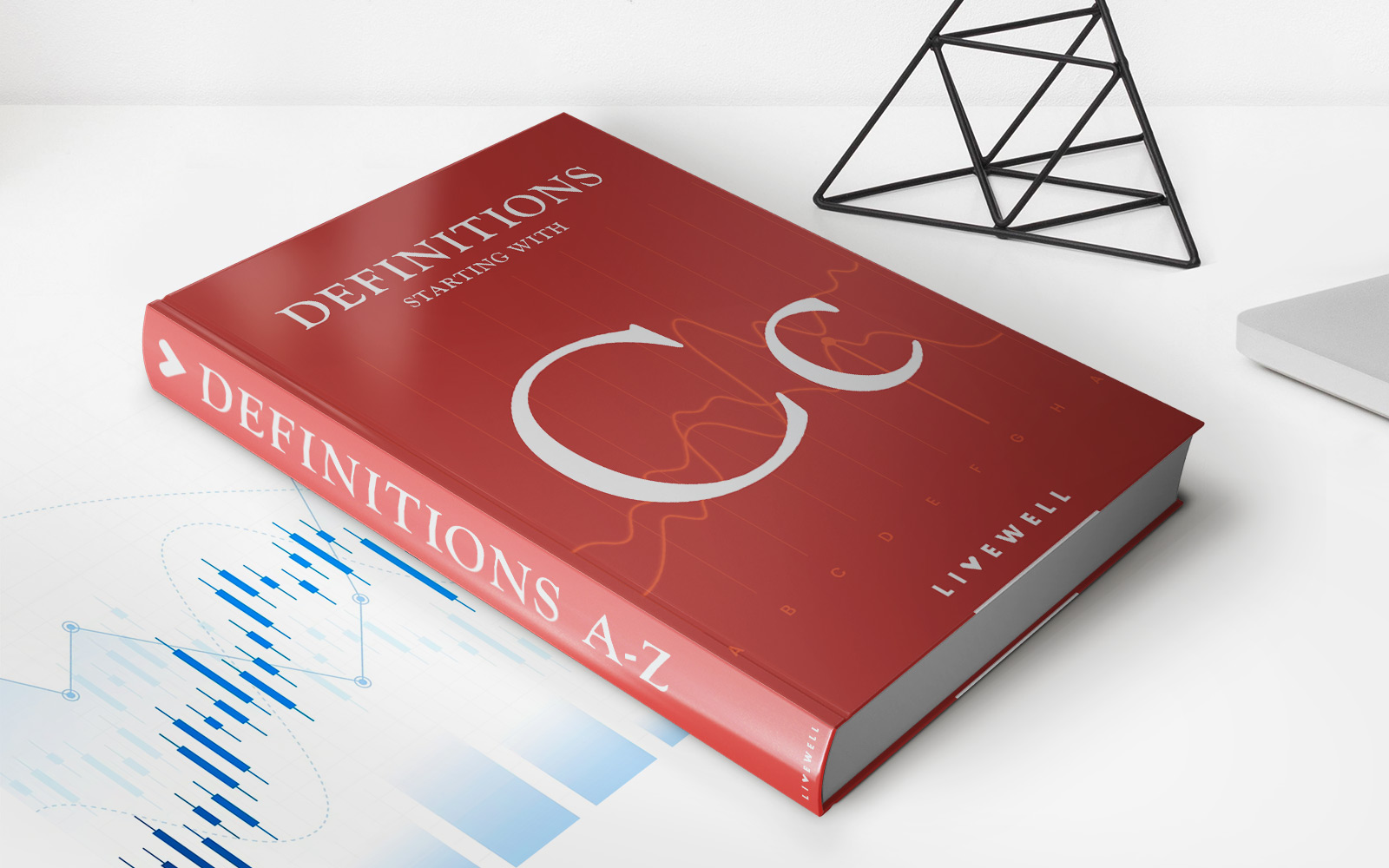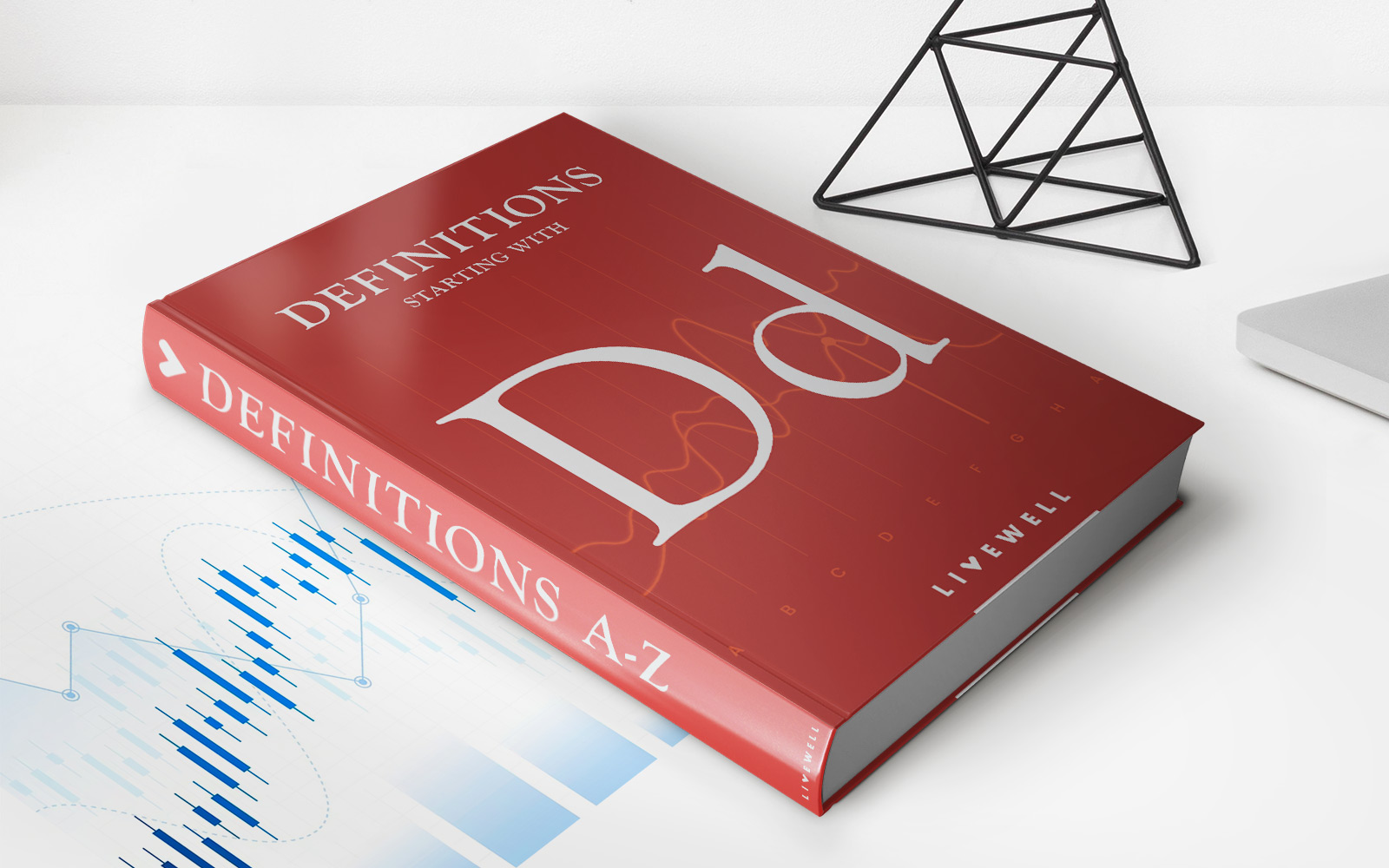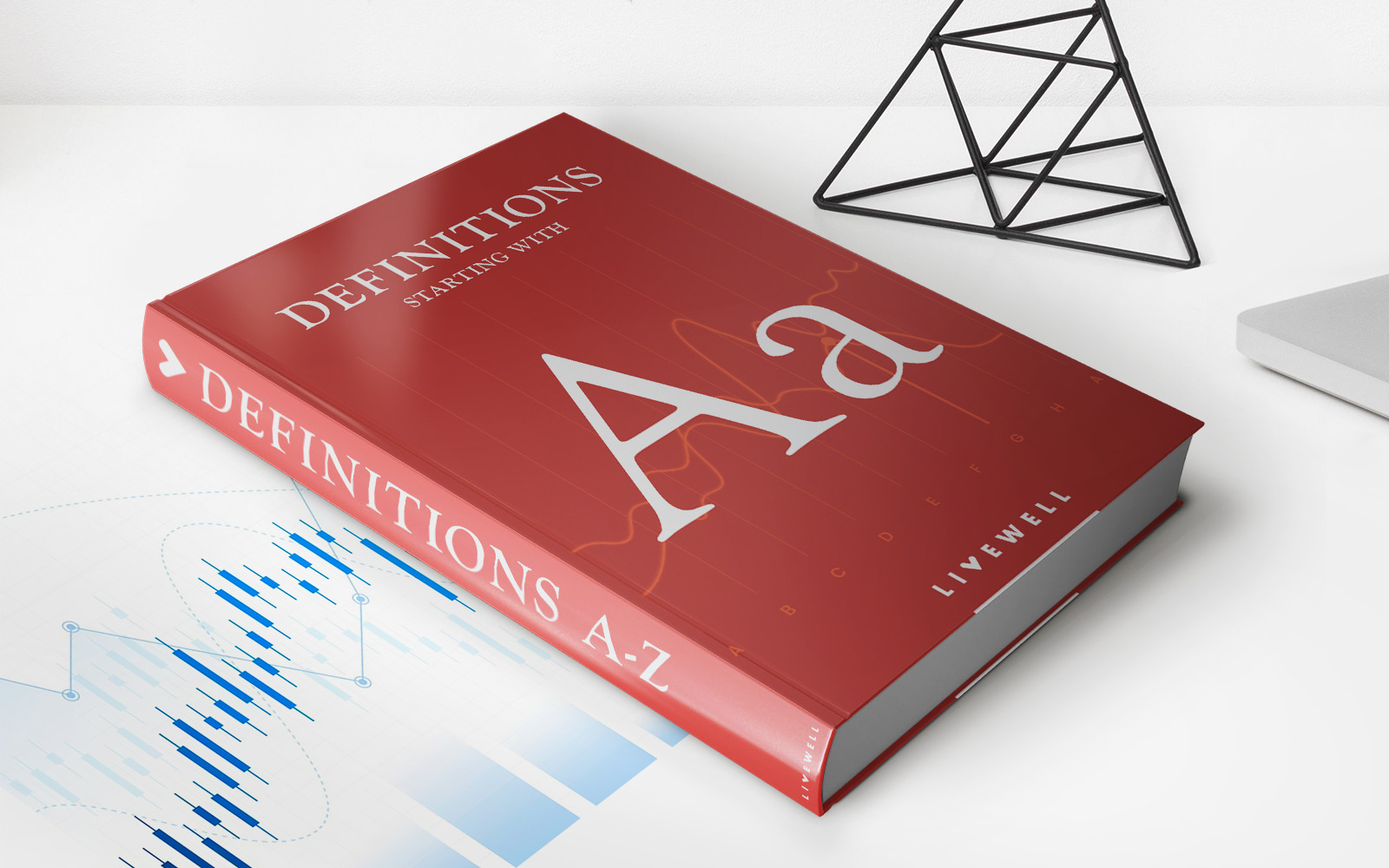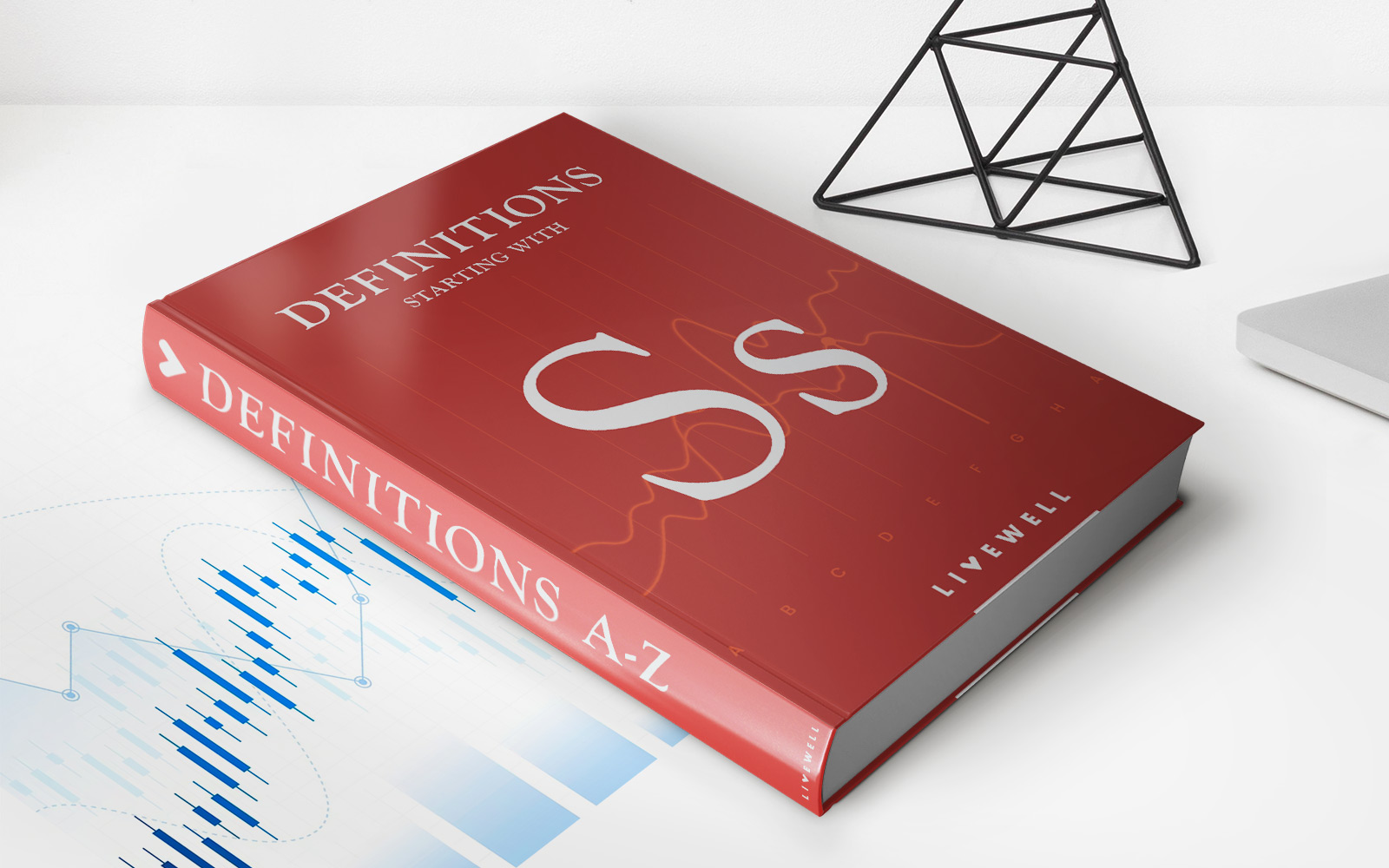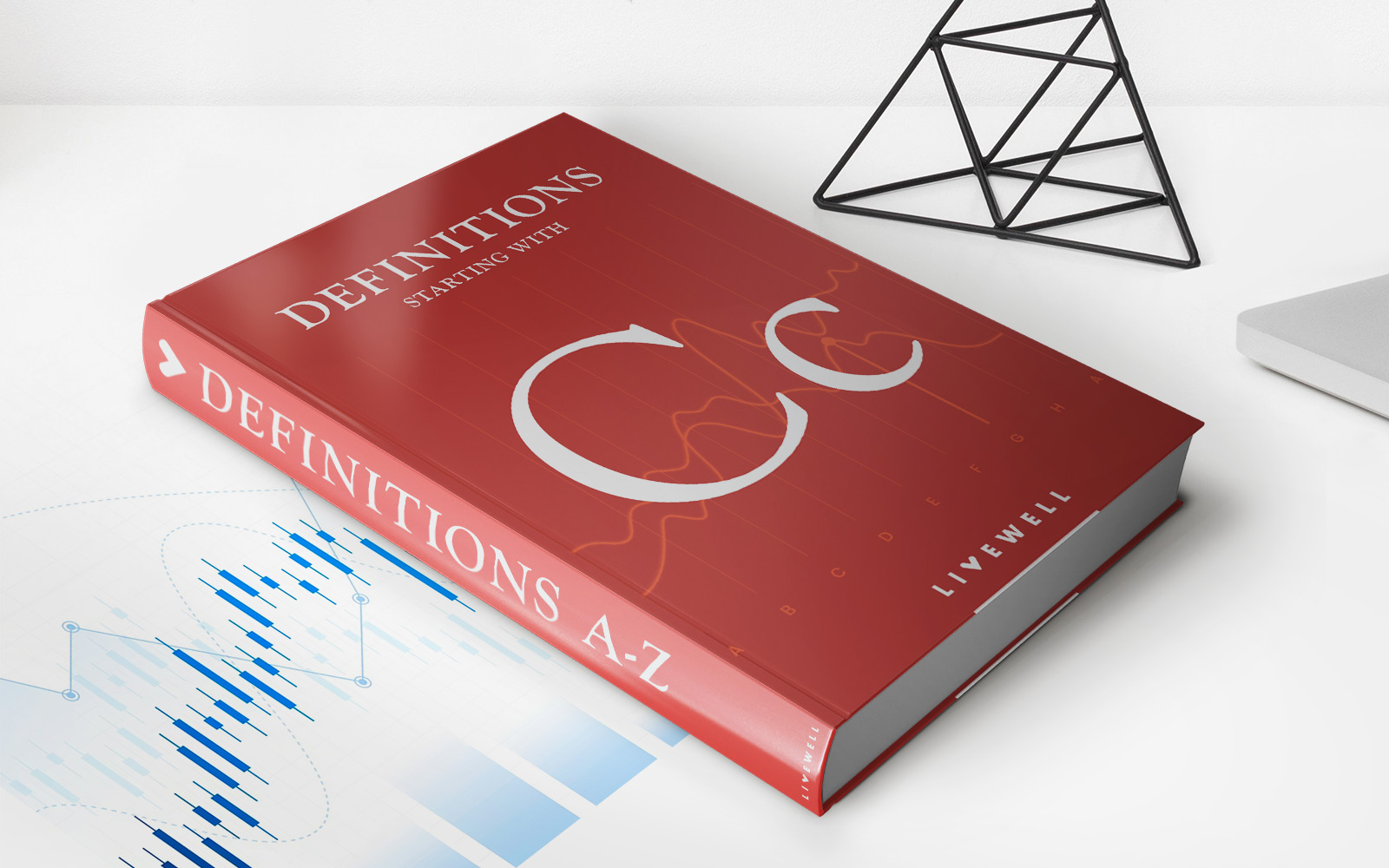Home>Finance>Fully Depreciated Asset: Definition, How It Happens, And Example


Finance
Fully Depreciated Asset: Definition, How It Happens, And Example
Published: November 29, 2023
Get a clear understanding of a fully depreciated asset and how it occurs in finance, along with a tangible example. Explore this detailed guide now!
(Many of the links in this article redirect to a specific reviewed product. Your purchase of these products through affiliate links helps to generate commission for LiveWell, at no extra cost. Learn more)
Fully Depreciated Asset: Definition, How It Happens, and Example
When it comes to managing finances, understanding different accounting concepts is paramount. One such concept is a fully depreciated asset. In this blog post, we will provide a comprehensive definition of a fully depreciated asset, how it occurs, and present an example to help illustrate this concept. So, buckle up and get ready to dive into the world of finance!
Key Takeaways
- A fully depreciated asset refers to property, equipment, or machinery that has reached the end of its useful life and no longer holds any financial value on a company’s balance sheet.
- Depreciation is the gradual reduction in the value of an asset due to wear and tear, obsolescence, or other factors, and it is recorded as an expense on a company’s financial statements.
What is a Fully Depreciated Asset?
A fully depreciated asset is an asset that has been fully written off or expensed on a company’s books. It has reached the end of its useful life and has no remaining financial value. Depreciation is the systematic allocation of an asset’s cost over its useful life, and as the asset depreciates, its value decreases incrementally over time.
Assets such as buildings, vehicles, machinery, and equipment are subject to depreciation. This reduction in value is recognized as an expense on a company’s income statement and deducted from its taxable income. The accumulated depreciation is subtracted from the original cost of the asset to determine its net book value, which eventually reaches zero when the asset is fully depreciated.
How Does a Fully Depreciated Asset Happen?
A fully depreciated asset occurs when an asset’s accumulated depreciation equals its original cost or purchase price. This happens over time as the company recognizes the depreciation expense, typically using methods like straight-line depreciation or declining balance depreciation.
Through regular depreciation expenses, the value of the asset gradually decreases, and at the end of its estimated useful life, the accumulated depreciation will match the original cost. Once an asset is fully depreciated, it no longer holds any financial value and is usually removed from a company’s balance sheet.
An Example of a Fully Depreciated Asset
Let’s say a construction company purchases a forklift for $20,000. The estimated useful life of the forklift is ten years. Using the straight-line depreciation method, the company depreciates the forklift by $2,000 per year. After ten years, the accumulated depreciation will amount to $20,000, the same as the original cost of the asset.
At this point, the forklift is considered a fully depreciated asset. Although it may still be in working condition, it no longer holds any financial value on the company’s books. The forklift may continue to be used until it becomes obsolete or reaches the end of its functional life, but it will no longer be carried as an asset on the company’s balance sheet.
Conclusion
Understanding fully depreciated assets is essential for accounting and financial management. It is crucial to keep careful track of an asset’s depreciation over time and recognize when it becomes fully depreciated. By doing so, businesses can accurately assess their financial position and plan for future investments accordingly.
Remember, the process of depreciation allows businesses to account for the wear and tear, obsolescence, or other forms of value reduction of various assets. So, the next time you come across a fully depreciated asset, you’ll know exactly what it means for the financial health of a company!




